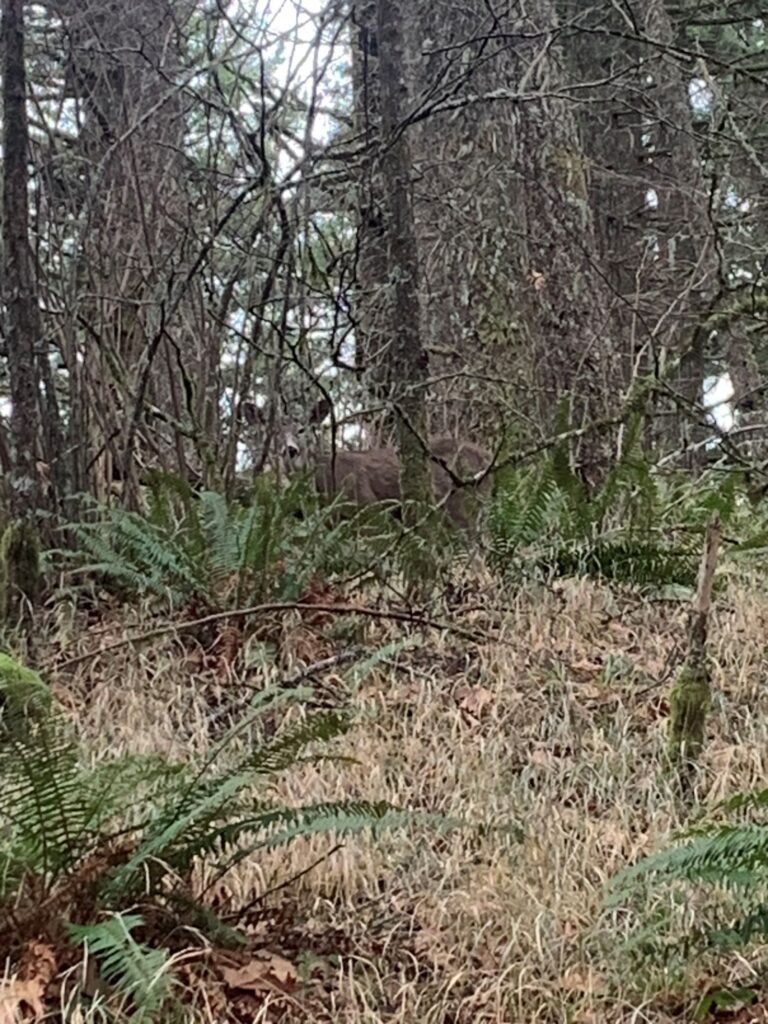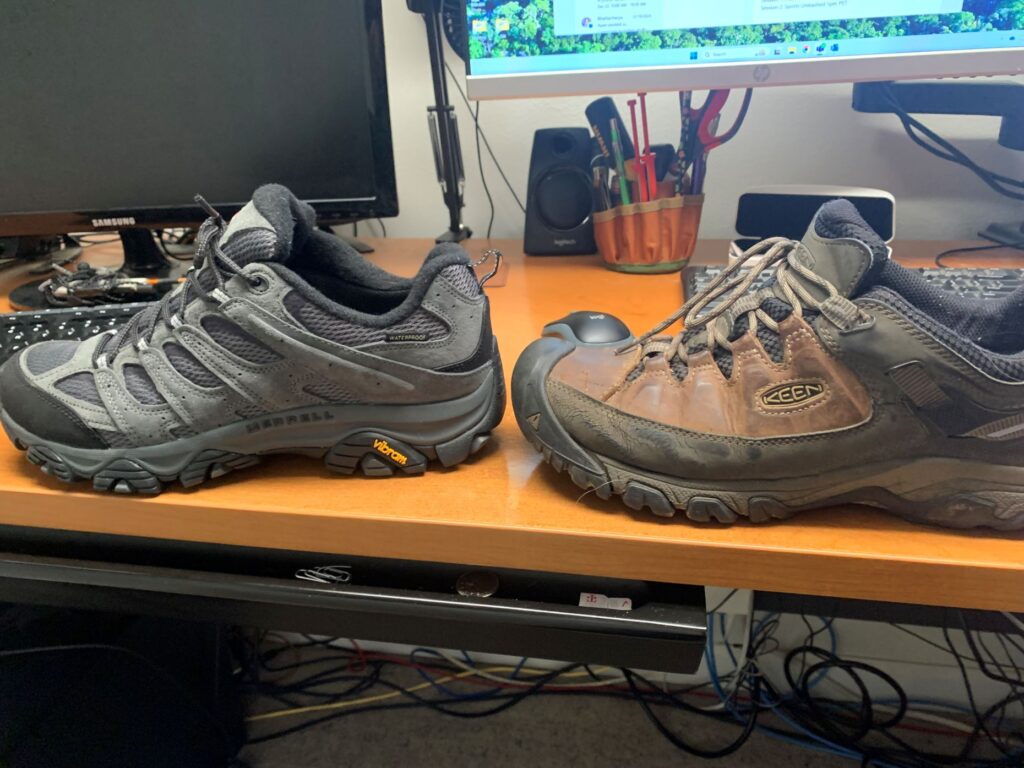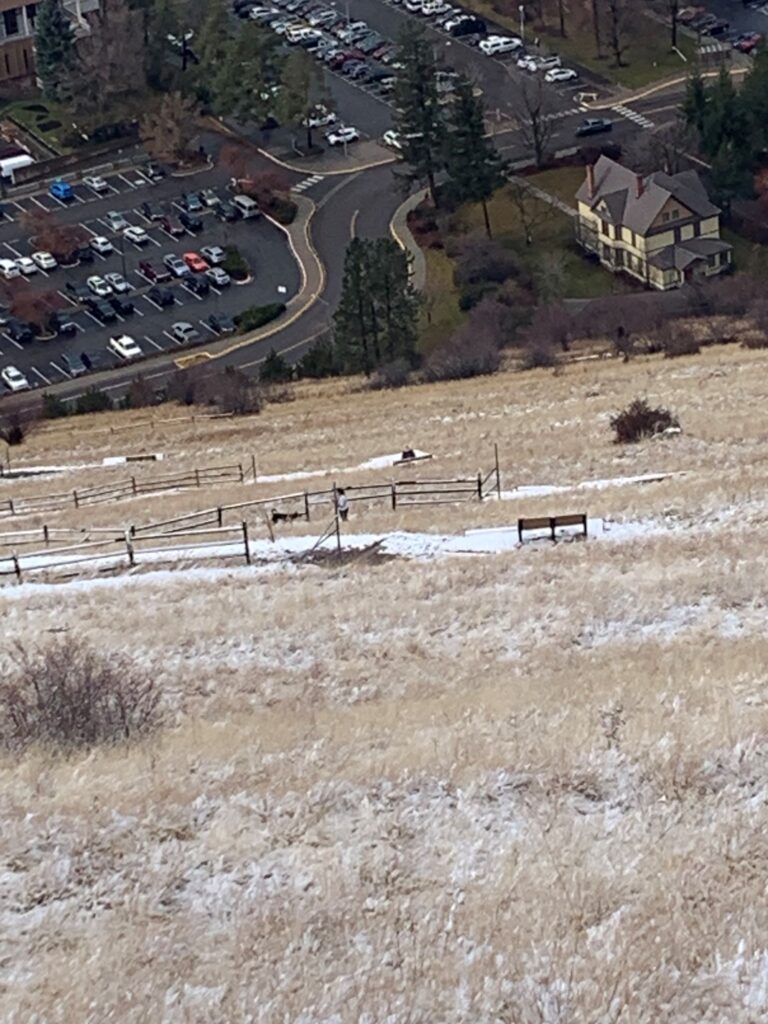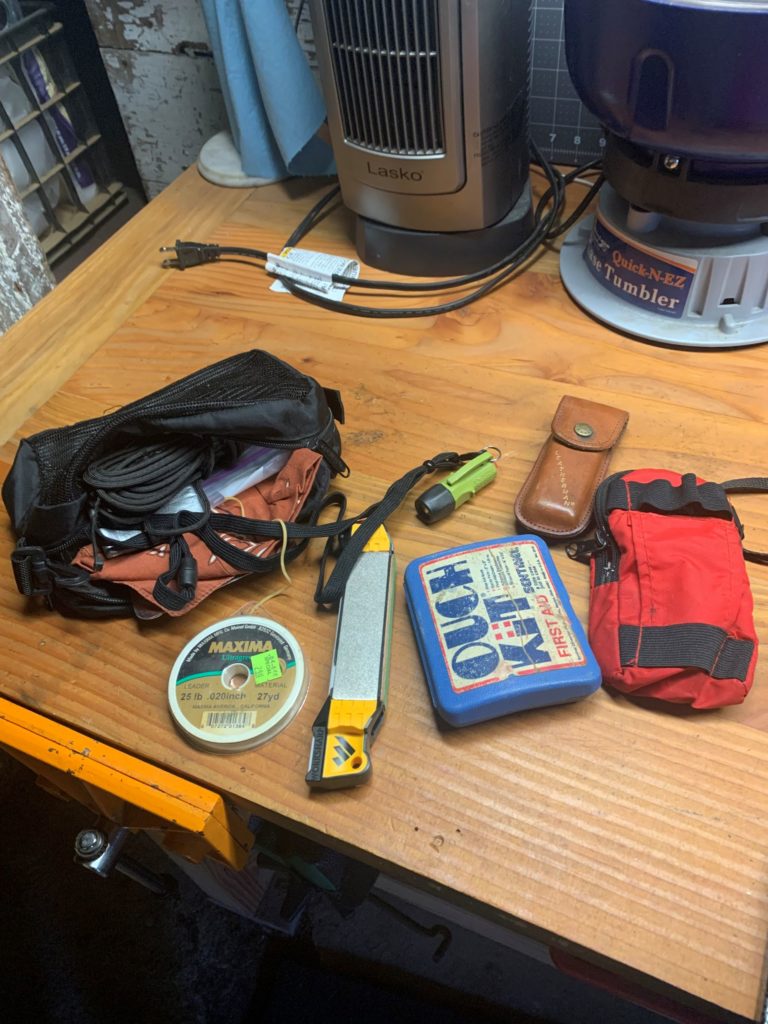Early last week, I caught the crud. As a result, I took the whole week off. Trust me, I needed to because I could not breathe anyway. The photo below was taken the weekend before, when I was on my long hike. It was the first time I saw a game animal in the area that I have been hiking.
As I have been exploring the area, I see all of these great places that seem like ideal hunting spots. This is a research forest belonging to Oregon State University. As such, hunting is severely limited. I keep thinking that there should be an elk heard right there and I know that there are several in the area. Regardless, it makes me happy to see game. I just hope that I don’t have an unexpected cougar encounter.

I didn’t have a solid plan other than I wanted to go as far as I could before the weather started to change. Downpours were predicted to start around noon and unfortunately, I couldn’t leave until after 11AM because my wife wanted me to stop at the post office before I left. They keep extremely limited hours on Saturday only being open 11AM-1PM.
You might think, knowing all of that then maybe I should have targeted getting out of the house earlier. True, that might have been a better plan but by the time I got going and had breakfast it was 9AM. I really didn’t want to rush my training just so that I could make it to the Post Office in time. And my sickness aside, I need to have the mindset that I am going no matter the weather or other environmental factors.
True to forecast, it started drizzling at about 12:30pm. After about a half an hour, I stopped and re-arranged my pack to put my poncho on top. I told myself that if it gets much worse than this, I am going to put my poncho on. It never really got worse than intermittent drizzle until I was ten minutes from the car when it started actually raining. I figured I would suck it up and just get out of there which is what I did.
The final numbers on my hike was right at 10 miles in four hours. What I noticed is that each week I challenge myself, it gets slightly easier. From that I am gleaning, what I am doing is working. Was it hard? Absolutely it was. Did I feel like I wasn’t going to survive like on week one? No. I had to stop and catch my breath at times, my shoulders ached at points and my joints were ready to be done at mile eight, but I did it.
As I stated at the beginning, I didn’t have a real plan. The only real thought I had was to continue to explore this trail system that I have been working through. I wanted to take new routes and get familiar with all of the nuances. I had a rough idea that I was going to go to a new trail via a different route. My idea was to get to this new trail and go half a mile up the trail and turn around. By the time I got half a mile in, I wasn’t completely sure that I was on the trail that I thought I was on.
I looked at the map and I told myself that I should be meeting another trail within a couple of tenths of a mile. If not, I would backtrack the way I came all the way back to the car. As it turns out, I met the intersecting trail right where I expected it to be and so I carried on. The point I am making is that it is that desire to push a little bit farther, and then a little bit farther that is the mindset to get do more each week.
It is not like you are completely alone out there. As I was having doubts about my route a trail runner came by. If it came down to it, I would ask somebody as they seem to come around every thirty minutes or so. The area has hikers, bikers and horse riders. I have seen all three.
End Your Programming Routine: I keep telling myself that I have to embrace the suck. I distinctly remember shortchanging my half marathon training because I wanted and excuse to not do it. I literally wanted to not be fit enough to race. What actually motivated me to run was signing up. Once I had a date, I knew that I had to be ready. I probably will never be as ready as I like for this hike but I am making strides.





Recent Comments